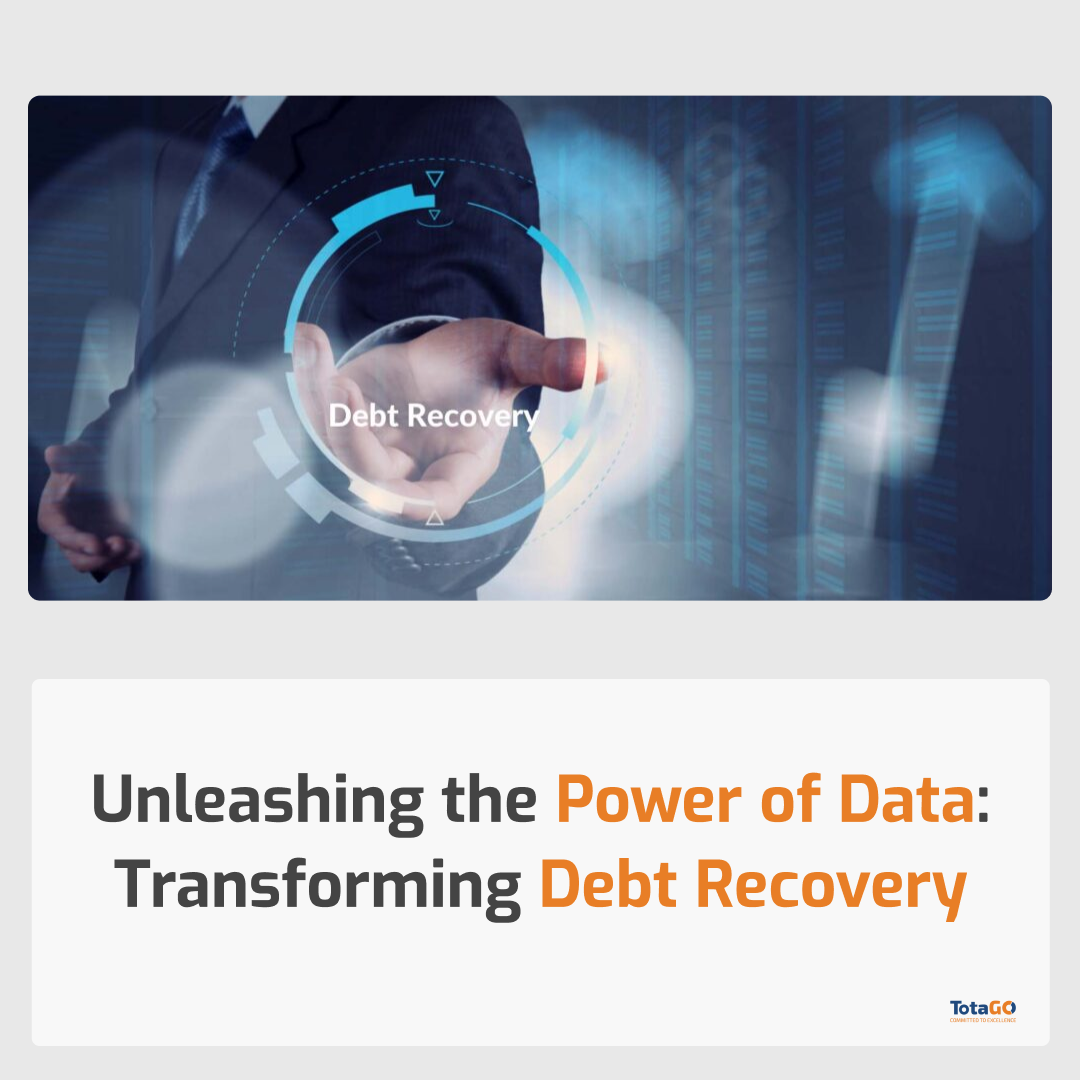In today’s rapidly evolving financial landscape, traditional debt recovery methods are being revolutionized by the integration of data-driven approaches. Data-driven debt recovery is not just a buzzword; it’s a strategic imperative for organizations seeking to optimize their recovery efforts, enhance financial performance, and deliver superior outcomes for both creditors and debtors alike.
What is Data-Driven Debt Recovery and Why is it Important?
To recover debt using data, it involves harnessing the power of data analytics, machine learning, and predictive modeling to optimize the debt recovery process. By analyzing vast amounts of data, organizations can gain valuable insights into debtor behavior, identify patterns, and make informed decisions to maximize recovery rates while minimizing costs. This approach is crucial in today’s digital age, where data is abundant, and leveraging it effectively can make all the difference in achieving successful debt recovery outcomes.
How Can You Benefit from Data-Driven Debt Recovery?
Debt recovered by leveraging data offers a plethora of advantages for organizations. Through the utilization of advanced analytics and real-time insights, businesses can pinpoint high-risk accounts with greater precision, tailor recovery strategies to suit individual debtor profiles, and efficiently allocate resources while prioritizing collections efforts. This approach results in heightened recovery rates and minimizes write-offs. Moreover, by enhancing customer experiences and fostering positive relationships, data-driven debt recovery ensures a holistic improvement across the entire debt recovery lifecycle. In essence, it empowers organizations to work smarter, not harder, by leveraging data to drive superior outcomes.
How Can Data-Driven Debt Recovery Improve Your Recovery Efforts?
Debt recovered by data empowers organizations to adopt a proactive stance towards debt recovery. This is achieved by predicting debtor behavior and their likelihood to make payments, as well as segmenting debtors according to their risk profiles and payment history. Additionally, data-driven approaches automate decision-making processes, leading to streamlined operations. By continuously monitoring and adjusting strategies in real-time, organizations can optimize their recovery efforts. Furthermore, personalized communication and engagement with debtors are enhanced, improving overall interactions. Through the integration of data-driven insights into their recovery strategies, organizations can significantly enhance efficiency, effectiveness, and success in recovering outstanding debts. Learn more about Mastering Data Quality
What are the Key Components to consider?
Debt recovered using data relies on several key components to achieve success. Firstly, it involves the thorough collection and integration of data from diverse sources, including internal systems, external databases, and third-party providers. Subsequently, this data undergoes rigorous analysis and modeling using advanced techniques such as predictive modeling and machine learning to extract valuable insights and forecast debtor behavior. These insights are then utilized to inform decision-making processes and develop targeted recovery strategies tailored to specific debtor segments. Finally, continuous performance monitoring and optimization are essential, involving the ongoing evaluation of recovery efforts, monitoring of key performance indicators, and refinement of strategies based on real-time feedback. Through the implementation of these key components, organizations can effectively leverage data-driven approaches to enhance their debt recovery initiatives. Learn more about key components of our data quality service that drives debt recovery
How Does Data-Driven Debt Recovery Improve Financial Performance?
Recovering debt using data significantly impacts financial performance in several ways. Firstly, it maximizes recovery rates by identifying high-priority accounts and optimizing collections strategies, leading to increased debt recovery. Secondly, it minimizes write-offs through proactive risk management and targeted interventions, preserving revenue. Thirdly, it lowers operational costs by automating manual processes, streamlining operations, and optimizing resource allocation. Lastly, it enhances return on investment by leveraging data-driven insights to drive better outcomes. This results in a higher ROI for debt recovery initiatives. In conclusion, data-driven debt recovery represents a paradigm shift in debt management. This offers organizations new opportunities for success and delivering value.
Conclusion
In conclusion, to recover debt using data is not just a game-changer; it’s a paradigm shift in how organizations approach debt management. By harnessing the power of data and analytics, organizations can unlock new opportunities for success. Organizations can drive better outcomes, and deliver value for stakeholders across the board.
Embrace the data-driven revolution and transform your debt recovery efforts today!



